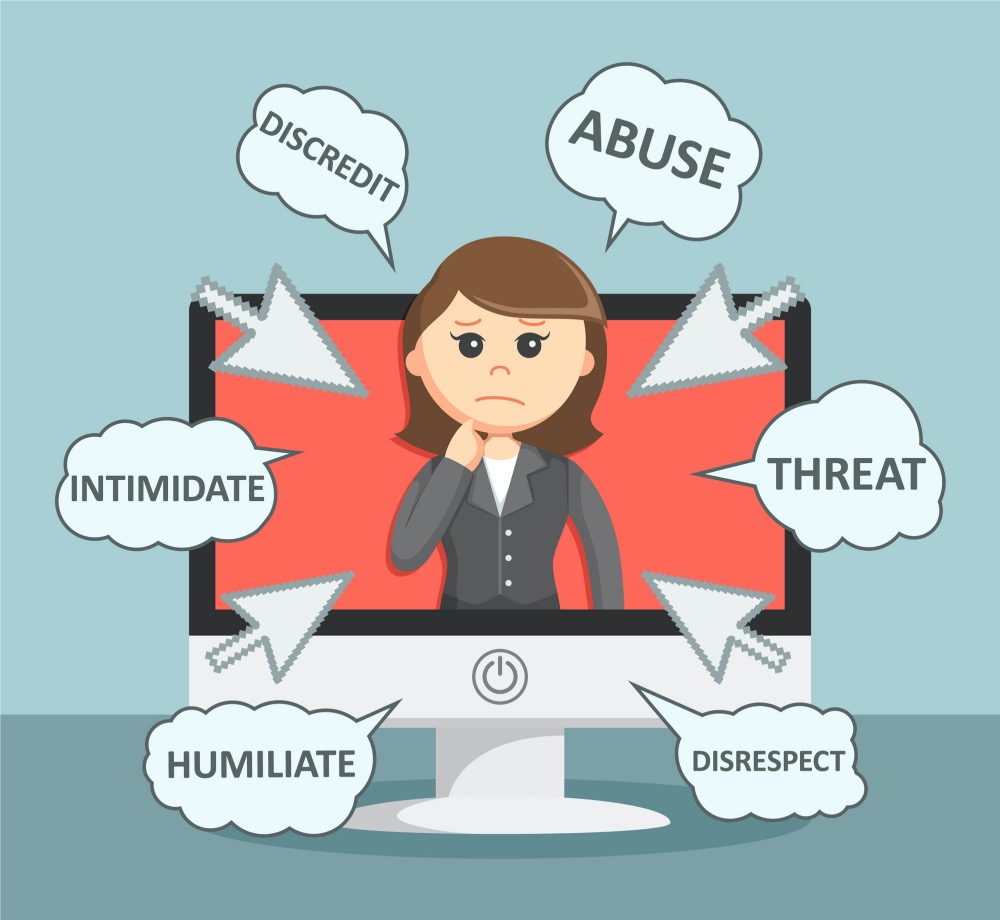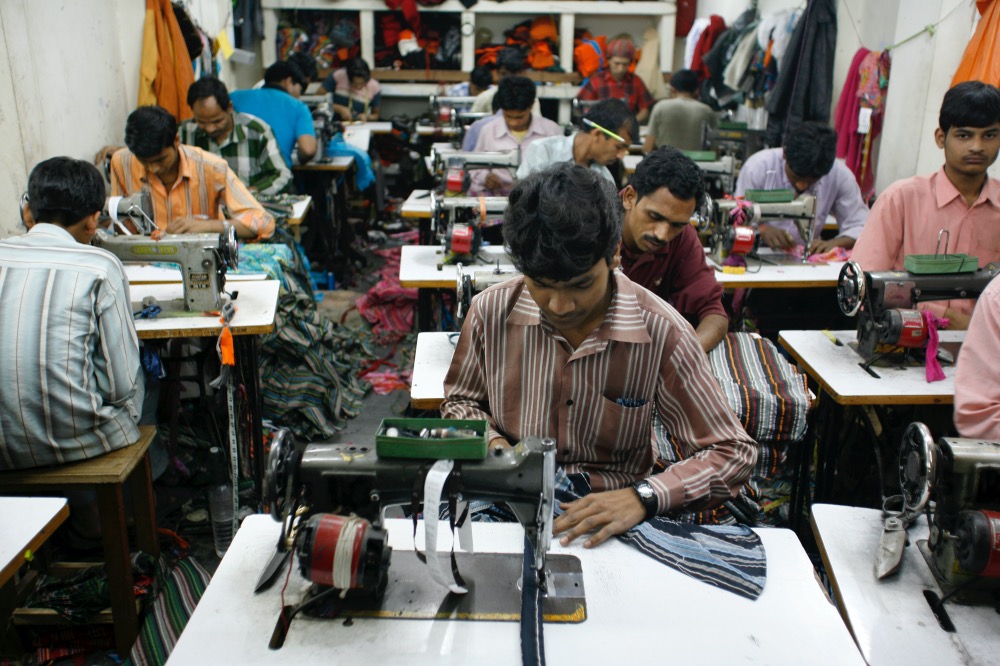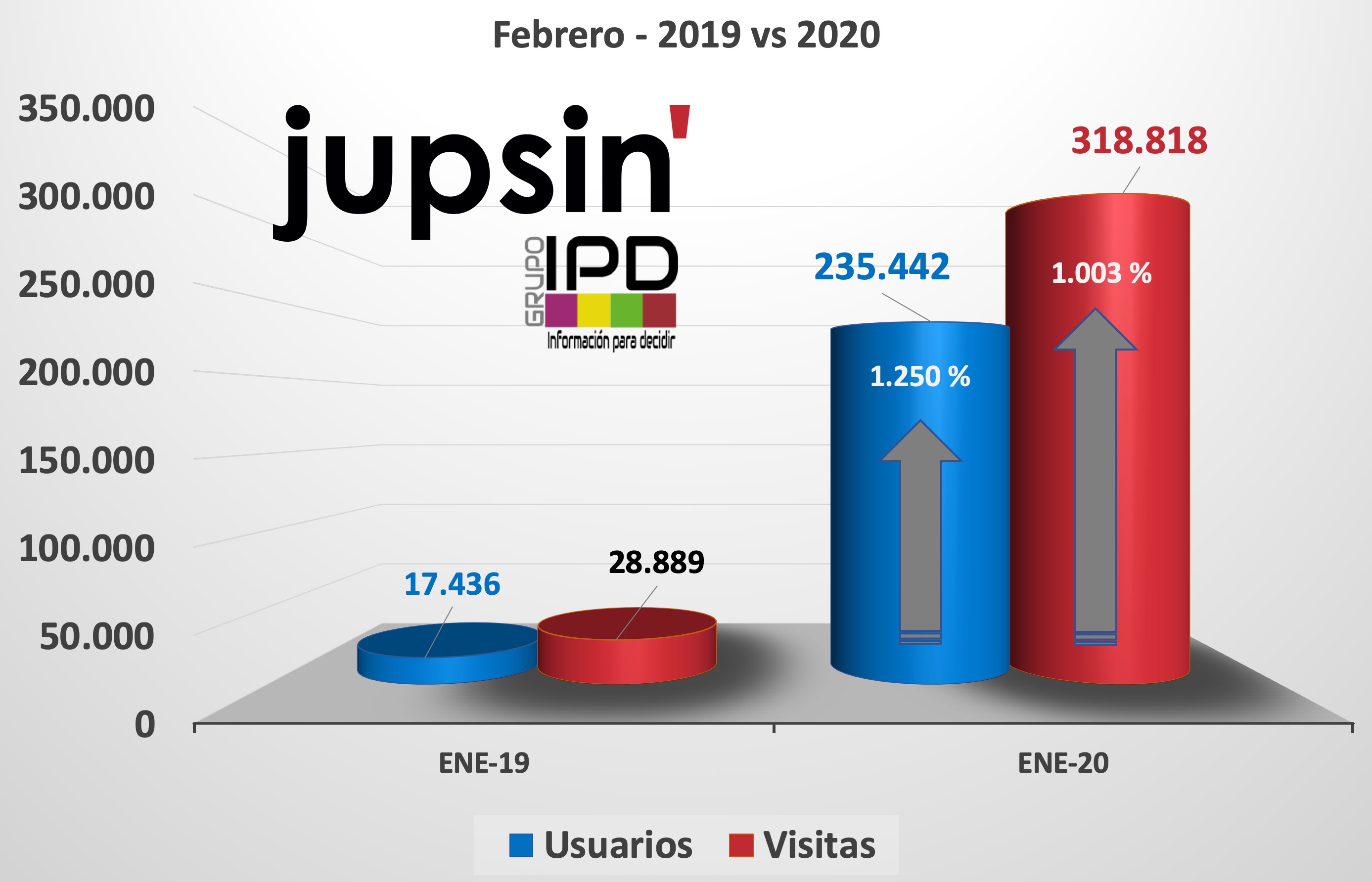 Exclusive Interview | «Workplace bullying is a universal problem» – Premilla D’Cruz – Professor of Organizational Behaviour at the Indian Institute of Management Ahmedabad (India) – Por Laura Quiun – jupsin.com
Exclusive Interview | «Workplace bullying is a universal problem» – Premilla D’Cruz – Professor of Organizational Behaviour at the Indian Institute of Management Ahmedabad (India) – Por Laura Quiun – jupsin.com
- Workplace bullying, direct such as verbal abuse or indirect such as gossip
- The abrasive leader or work harasser
- Marie-France Hirigoyen, the French psychiatrist leading the fight against bullying
We had the pleasure to interview Premilla D’Cruz. She is Professor of Organizational Behaviour at the Indian Institute of Management Ahmedabad, India.
Premilla has been researching workplace bullying for over 12 years. She has been the President of the International Association on Workplace Bullying and Harassment (IAWBH) during 2016-2018.
She and Ernesto Noronha are the Editors in Chief of the Handbooks of Workplace Bullying, Emotional Abuse and Harassment, Volumes 1-4, being published by Springer.
Much of Premilla’s collaborative research work has been with Ernesto Noronha but also with Charlotte Rayner, Maryam Omari, Megan Paull, Burcu Guneri-Cangarli, Denise Salin, Renee Cowan, Brita Bjorkelo, Hazel Mawdsley and Alison Thirlwall, among others.
One cannot advocate individual resilience, forgiveness… as solutions to tackle workplace bullying at a macrolevel
First of all, I would like to ask the same question I did to Marie France Hirigoyen, Laura Crawshaw and Pat Ferris, as it is essential to place this interview to understand the importance of the concept of workplace bullying. So, at the beginning, I would like to know, Premilla, what is your concept of workplace bullying?
Workplace bullying is emotional abuse within a relational context. There are nuances to this. One, workplace bullying is not workplace controls or poor/substandard working conditions or exploitation.
Workplace bullying is not workplace controls or poor/substandard working conditions or exploitation
This distinction is important to emphasize because some strands of the sociological and industrial relations literature consider the concepts of workplace controls, poor or substandard physical working conditions and exploitation as synonymous with workplace bullying and use these terms interchangeably.
Workplaces use controls to ensure optimal performance. Exploitation results from the compromise of physical working conditions. Workplace bullying is mistreatment of a psychosocial nature, enacted through workplace relationships, over and above workplace controls, poor or substandard working conditions and exploitation, though all these can coexist.
Two, workplace bullying is a multi-faceted construct. With Ernesto Noronha, I have propounded the varieties of workplace bullying framework to capture this (Reading 1).
Because of the nature of social structures, certain groups are at increased risk for mistreatment, making it difficult to ignore the link between workplace bullying and category-based harassment
The varieties of workplace bullying conceptualization identifies level of analysis, location of the source and form as the three defining axes of workplace bullying which give rise to varieties of workplace bullying such as interpersonal and/or depersonalized bullying, internal and/or external bullying and real and/or cyberbullying respectively, with their further combinations of compounded bullying, dual locus bullying and hybrid bullying respectively.
It is really important to clarify which type of workplace bullying is present in a given situation because that is the basis for rigorous research and effective intervention.
I would also like to add that membership to social categories cannot be ignored when we discuss what workplace bullying is – that is, we cannot say that bullying is always status-neutral.
All of us hold multiple identities such as gender, race/ethnicity, religion, class, caste, health status, sexual orientation, etc., and because of the nature of social structures, certain groups are at increased risk for mistreatment, making it difficult to ignore the link between workplace bullying and category-based harassment.

Premilla D’Cruz – Professor of Organizational Behaviour at the Indian Institute of Management Ahmedabad (India).
You have done extensive work on the concept of depersonalized bullying at work. What are the special features of this concept and why do you think it is important to attend to?
Depersonalized bullying is linked to the competitive advantage of workplaces (Reading 2).
The pursuit of success pervades organizational structure, processes and functioning such that managers and supervisors in-charge of realizing organizational goals engage in abusive and aggressive behaviours with their subordinates in involuntary and impersonal ways.
Because the pursuit of organizational success pervades organizational design, managers and supervisors in-charge of realizing organizational goals engage in abusive and aggressive behaviours with their subordinates in involuntary and impersonal ways
That is, managers and supervisors, sometimes despite misgivings, adopt abusive practices across the workforce as they exhort employees to work and deliver organizational objectives.
But the managers and supervisors resort to bullying behaviours without any target orientation – that is, they are not singling out any worker; rather, their focus is on the workplace agenda. Because depersonalized bullying involves emotional abuse in a relational context, it is bullying which is different to controls and exploitation.
Then again, because depersonalized bullying does not involve a target orientation or singling out but is uniformly applicable to the workforce, it is different to interpersonal bullying. Moreover, depersonalized bullying is always top-down and there is a blurring of whether the power used by managers and supervisors in such instances is legitimate or illegitimate.
Yet, managers and supervisors often say they have no choice but to behave aggressively to get the work done because their own survival in the organization is also at stake. Essentially, depersonalized bullying exists at the workplace/organizational level of analysis, being lodged in the workplace/organizational design.
Since organizational survival is so critical and challenging in today’s complex business environment, depersonalized bullying becomes more common and hence is important to study and address.
More recently, you have studied cyberbullying at work. Taking into account this experience, what are the common points and the differences between this problem and the traditional workplace bullying?
Workplace cyberbullying differs from its face-to-face counterpart through five features (Reading 3):
- boundarylessness
- invisibility
- anonymity
- concreteness
- permanence
The use of information and communication technology and devices allows bullying to take place beyond work premises and work time – so an employee can be called up on a mobile phone or be sent text messages or receive emails after he/she leaves the office or on weekends and holidays. This makes bullying boundaryless.
Workplace cyberbullying differs from its face-to-face counterpart through five features – boundarylessness, invisibility, anonymity, concreteness and permanence
What adds to the boundarylessness is that, because of the nature of technology, bullying situations need not be confined to the bully and the target. That is, if the bullying is occurring via an email or a blog, these could be (made) available in the work team, the department, the office, the organization or even to the public beyond the workplace.
Further, information and communication technology and devices operate as mediated forms of communication and bring distance between those using them to connect to each other.
The resultant invisibility causes people to feel less inhibited about and less accountable for their actions and can lead them to engage in bullying behaviours whose consequences on the target may not be visible to them.

The use of information and communication technology and devices allows bullying to take place beyond work premises and work time.
People can also use technology anonymously or under another identity so that the recipient of their negative actions is unaware of who is bullying them and why. Besides, depending on the media used, the bullying behaviours could leave concrete evidence – like an email or a blog or a text message – which, being storable, is permanent.
The use of information and communication technology and devices allows bullying to take place beyond work premises and work time
Such instances operate as dual-edged swords. On the one hand, the available proof helps to resolve the problem either informally or through formal complaint processes, especially where bully identity is known, aiding the target’s coping.
On the other hand, apart from the possible boundaryless spread to large audiences, targets themselves could keep replaying/re-reading/re-viewing the negative contents, thereby causing harm to themselves and behaving like quasi-perpetrators (Reading 4).
Obviously, concreteness and permanence show how even a single instance of cyberbullying can be repeated and this has implications for the definition of workplace bullying which emphasizes persistence.

Workplace bullying occurs in a host of other countries across the world, regardless of geography, leves o development/economic position, nature of sociocultural context, etc.
Your work on workplace bullying in India shows us a prevalence of 40%. What is your perspective on workplace bullying in India, a complex country where different realities coexist?
India is not alone in having a high workplace bullying prevalence – this is true for a host of other countries across the world, regardless of geography, level of development/economic position, nature of sociocultural context, etc.
India is not alone in having a high workplace bullying prevalence – this is true for a host of other countries across the world, regardless of geography, level of development/economic position, nature of sociocultural context…
Moreover, when talking about prevalence, the method of measuring prevalence becomes salient – for example, is the researcher using a self-labelling method or a behavioural method? Or, if the behavioural method is used, what are the criteria and cut-offs used to identify bullying and can the population/sample relate to the measurement instrument culturally and in terms of language? So prevalence studies have their own complexities.
Coming to India, our complex sociocultural setting can be seen as both triggering yet stymieing workplace bullying (Reading 5, Chapter 1).
Contrary to widely held perceptions, India is not just collectivist, humanist and spiritualist; rather, India is both collectivist and individualist, humanist and marked by identity-linked, hierarchical relationships, and spiritualist and materialist.
So, to give you a few examples, while being individualist and competitive especially in a context of deprivation and scarce resources can be a cause of workplace bullying, having a strong support system because of in-group collectivism or close and sensitive relationships or relying on spiritualism can help in coping with workplace bullying.
Then again, India is hierarchical and power distance exists, but this is alongside paternalistic leadership where leaders are task-oriented yet nurturing, on the one hand, and an inherent sense of dignity in people which remains prominent even when they are being mistreated, on the other hand. As you can see, India is a complex culture which has simultaneous contradictions.
I would like to add that my research examining the sociocultural antecedents of workplace bullying in India has shown the importance of engaging with Gannon and Pillai’s metaphorical approaches to culture, in addition to the popular dimensional approaches of Hofstede and others.
I would encourage scholars of workplace bullying to read and incorporate the work of Gannon and Pillai when examining sociocultural dynamics underlying workplace bullying.

Workplace bullying is a universal problem and while there are similarities across the globe, there are also differences which can be subtle or stark.
What are the common aspects in harassment at work, despite the cultural characteristics of each country, where this problem appears?
Workplace bullying is a universal problem and while there are similarities across the globe, there are also differences which can be subtle or stark.
My research with Maryam Omari, Megan Paull and Burcu Guneri-Cangarli covering Australia, India and Turkey showed similarities in the behavioural manifestations of workplace bullying but differences in who the bully was.
Workplace bullying is a universal problem and while there are similarities across the globe, there are also differences which can be subtle or stark
So while person-related and work-related bullying behaviours were common across the three countries, bullying in Australia was from superiors and peers while bullying in India and Turkey was mainly from superiors.
Then again, while targets’ coping patterns were the same in Australia, India and Turkey, Australian targets spoke about formal interventions. So, targets from all the three countries relied mainly on emotion-focused coping, with most expressing reservations about adopting problem-focused coping, while Australian targets also described professional help through counsellors and psychiatrists as well as union intervention.
Yet, interestingly, bystander behaviour remained identical in all the three countries, with bystanders being afraid and feeling powerless to overtly and actively assist targets and hence providing covert support.
My research with Denise Salin, Renee Cowan and their team covering 13 countries showed similarities across the countries in labelling physical intimidation, verbal abuse and insults as bullying, with differences emerging around work-related acts, social exclusion, rumours and gossip. Moreover, repetition, intent, target outcomes and having a business case constituted bullying criteria commonly held across the globe, with differences emerging around being singled out, target subjectivity, power, economic factors, religion and presence of legislation.
Country and culture definitely play a role in the unfolding of workplace bullying, bringing similar and dissimilar elements as well as varying degrees of similarities and dissimilarities. As I mentioned earlier, the attempt to capture country and cultural influences should rely on both dimensional and metaphorical approaches.

Premilla D’Cruz with her collaborator Ernesto Noronha.
Your research covers a range of work contexts. Many of our readers come from Latin America, a place where the percentage of child labour is very high as also that of informal labour. Your work includes both situations. What recommendations would you give to our readers in this part of the world about workplace bullying?
Yes, while my initial research on workplace bullying in India has looked at the country’s offshoring-outsourcing sector which is primarily IT and ITES (call centres and back office) work, I have also examined manufacturing, agriculture, platform work, beauty service work, pharmaceuticals, defence, education, power and infrastructure, public sector, private sector, etc., sometimes with various collaborators.
Ernesto and I have compared how bullying unfolds in conventional and virtual workplaces
Besides, Ernesto and I have compared how bullying unfolds in conventional and virtual workplaces.
Sectors, professions, occupations and jobs often do have special features which hold implications for how workplace bullying unfolds; Volume 4 of our handbooks has a whole section devoted to this.
But there are also a lot of dynamics which are common to the world of work and, currently, macroeconomic factors and precarity are important common features being widely discussed. I maintain that it is definitely very important to focus on the specificities of the work context both in matters of research and practice.
Precarious work, also termed non-standard, casual, informal work, is on the rise across the globe, though it has always been predominant in some countries. In India, for example, informal work accounts for 92% of employment, whether the employment is situated in the formal or informal sector.
Precarious workers are obviously in a vulnerable position in general and with regard to be being bullied in particular because of poor labour market conditions, job insecurity, inter-worker competition, partial or no regulation, limited or no social protection and social dialogue and so on. It is important for the field of workplace bullying going forward to focus attention on precarious workers (Reading 5, Chapter 6).

In India, there are 10.1 million child workers between 5-14 years.
Within precarious work, child labour is a special category, including children in the worst forms of child labour and in hazardous work. Child labour is present in developed and developing countries, despite several international policies and national regulations. In India, for example, there are 10.1 million child workers between 5-14 years.
Child workers are in a vulnerable position in general and with regard to being bullied in particular because of economic and social disadvantage as well as developmental stage
Child workers are in a vulnerable position in general and with regard to being bullied in particular because of economic and social disadvantage as well as developmental stage.
Recognizing the abuse child workers face is important for the field of workplace bullying to widen its scope beyond adult workers (Reading 5, Chapter 7).
Concerted international efforts, national political will through regulations and policies backed up by administrative machinery and funding, capital’s demonstrated commitment to governance, and collective power through unions (both conventional and modern formations), rights groups, NGOs and civil society provide hope to tackle precarity and child labour and the workplace bullying that is present in non-standard work and child labour situations.
What would you say to people who point out that it is important to look at economic growth first and human development later?
Both go hand-in-hand as (a) there is an underlying ethical issue that economic prosperity and human well-being must move together; and (b) it seems impossible to achieve economic prosperity without a healthy and happy workforce.
It is only ethical that economic prosperity and human well-being move together; it seems impossible to achieve economic prosperity without a healthy and happy workforce
It is universally acknowledged that employers have a duty of care. This is endorsed by the state through occupational health and safety (OHS) and employee relations (ER) legislations, policies, administrative infrastructure, financial allocations, etc. Collective formations such as unions, worker groups, etc., strive to protect employee interests. Stakeholder-focused organizational governance, which underscores balancing economic and social goals, has assumed significance globally.
So, ensuring employee safety, both physical and psychosocial, must proceed alongside competitive advantage.
Such a dual-focused approach holds true in the case of workplace bullying. Workplaces cannot thrive financially at the cost of the bullied employees or environments which allow mistreatment.
While several countries have regulations addressing workplace bullying directly or speaking to OHS, ER or mistreatment/harassment issues, the ILO has recently adopted Convention 190 pertaining to all types of violence and harassment at work, including bullying and category-based harassment. Obviously, then, both economic and human dimensions are critical to the pursuit of growth.
Workplace bullying is known to have severe adverse consequences for targets. Your research speaks not just about these adverse consequences but also about overcoming them.
Certainly, workplace bullying is a very traumatic experience for targets. It causes ill-being, often over a long duration, manifested as fear, anxiety, depression, meaninglessness, anger, headaches, gastrointestinal problems, influenza, sleep disruption, alienation from and disinterest in work, poor task performance, low job satisfaction and commitment, suicidal ideation and post-traumatic stress disorder.
Fear, depression, anger, headaches, gastrointestinal problems, influenza, sleep disruption, alienation from and disinterest in work, poor task performance, low job satisfaction…
Yet what Ernesto and I have found across several studies that we have conducted is that targets strive towards well-being (e.g., Reading 2, Reading 5, Chapter 3, Reading 6). That is, targets seek to overcome the bullying experience and its associated ill-being. This is, of course, not an easy process.
Targets engage in a complex working through process exhibiting agency to re-assert mastery and regain equilibrium where identity work, forgiveness, resilience, social support, spiritualism, religion, resistance, etc., are all relevant. Nonetheless, and sadly so, there are some targets who continue to remain traumatized as workplace bullying is a difficult experience to work through.
I would like to caution that targets’ striving to heal and feel whole is not an alternative to workplaces, societies, countries and, indeed, the world addressing workplace bullying. One cannot advocate individual resilience or forgiveness or social support or other such mechanisms as solutions to tackle the problem at a macrolevel.
One cannot advocate individual resilience or forgiveness or social support or other such mechanisms as solutions to tackle the problem at a macrolevel
At the same time, our research brings out a complex perspective. Unsuccessful problem-focused coping, with its added trauma, does not mean emotion-focused coping, which is then resorted to, is maladaptive. Even emotion-focused coping holds relevance as it aids the healing process since targets want to experience control and well-being.
This is not to say that quitting one’s job and starting afresh has no downside – it does, including financial and career-related implications – but, even so, the attempt to work through the experience, with the quest to re-story one’s life, must be acknowledged.
Our research shows the significance of how positive organizational scholarship (POS) can contribute to the field of workplace bullying. In other words, it shows the synergies between positive and negative, though, of course, the negative is something one would rather not have in the first place.
Well, finally, could you give to jupsin.com a special recommendation for continuing to work properly on this subject. And also to our readers.
Primary prevention of all varieties of workplace bullying is very important
Yes, of course. First, primary prevention of all varieties of workplace bullying is very important.
Second, when researching or intervening in workplace bullying situations, ascertaining the variety of workplace bullying in question is relevant.
Third, focusing on context cannot be ignored.
And a message especially for the readers in South America and Spain?
I am aware that very insightful research is being done in these countries which is mostly published in Spanish and Portuguese. I sincerely wish that this body of work becomes available to the international community who will greatly benefit from these insights. I have said as much in our handbooks (Reading 1).
I honestly believe that the international community involved in workplace bullying research and intervention has a lot to learn from South America and Spain
I know of the fantastic work of Florencia Peña and of the research of scholars from Brazil (Priscila Gasperin Pellegrini, Suzana da Rosa Tolfo and their colleagues) who have a paper in the QROM special issue on workplace bullying that I co-edited and a chapter in our handbooks where I am a co-author.
So I honestly believe that the international community involved in workplace bullying research and intervention has a lot to learn from South America and Spain.
On another note, readers may find it interesting to know that I belong to the Indian state of Goa, a former Portuguese colony, and hence have the surname that I do. So also Ernesto Noronha – in his case, his first name is also Spanish/Portuguese though my first name is Indian!!!
Readings
- D’Cruz, P., & Noronha, E. (2019). Mapping ‘varieties of workplace bullying’: The scope of the field. In P. D’Cruz. E. Noronha, G. Notelaers & C. Rayner (Eds.), Concepts, approaches and methods, Handbooks of workplace bullying, emotional abuse and harassment, Vol. 1. Singapore: Springer. https://doi.org/10.1007/978-981-10-5334-4_1-2.
- D’Cruz, P. (2015). Depersonalized bullying at work: From evidence to conceptualization. New Delhi: Springer
- D’Cruz, P., & Noronha, E. (2013a). Navigating the extended reach: Target experiences of cyberbullying at work. Information and Organization, 23(4), 324–343.
- D’Cruz, P., & Noronha, E. (2018a). Target experiences of workplace bullying on online labour markets: Uncovering the nuances of resilience. Employee Relations, 40(1), 139–154.
- D’Cruz, P., Noronha, E., Mendonca, A., & Mishra, N. (2018). Indian perspectives on workplace bullying: A decade of insights. Singapore: Springer.
- D’Cruz, P., & Noronha, E. (2012). Clarifying my world: Identity work in the context of workplace bullying. The Qualitative Report, 17(6), 1–29.















